Storing potted trees for winter
jreist
9 years ago
Related Stories
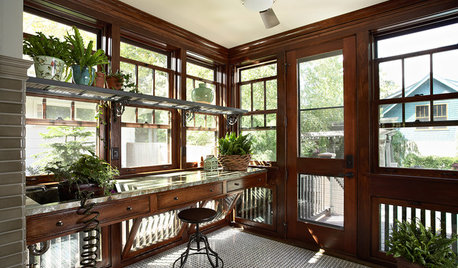
WINTER GARDENINGWinter Gardening: Ideas for a Dream Potting Room
Check out potting rooms that get indoor gardening right — and learn tips for creating your own
Full Story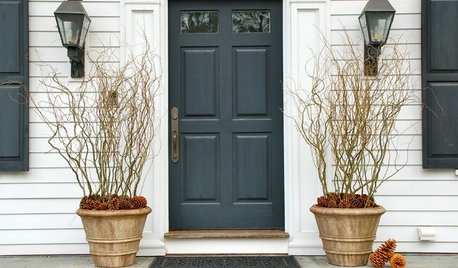
WINTER GARDENINGBranches Bring the Winter Spirit to Container Gardens
Add dimension and drama to winter pots with branches from austere to downright colorful
Full Story
GARDENING GUIDESGreat Design Plant: Kumquats for a Juiced-Up Winter
Grow it for the edible fruit or its good looks alone. This citrus cousin will brighten any gray winter day
Full Story
GARDENING GUIDESGarden Myths to Debunk as You Dig This Fall and Rest Over Winter
Termites hate wood mulch, don’t amend soil for trees, avoid gravel in planters — and more nuggets of garden wisdom
Full Story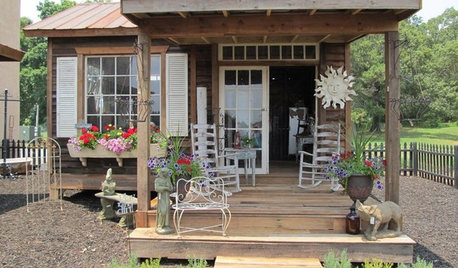
SALVAGEA Potting Shed Puts a New Spin on Old Treasures
With parts from a general store, a chicken coop and more, this charming outbuilding offers ever-changing inspiration for salvage style
Full Story
EDIBLE GARDENSHow to Grow 10 Favorite Fruit Trees at Home
Plant a mini orchard in fall, winter or early spring to enjoy fresh-off-the-tree fruit the following year
Full Story
LIFESimple Pleasures: A Long Winter’s Nap
This time of year we can always use a little extra rest. Make it easy with these ideas for daytime napping
Full Story
HOUSEPLANTSIndoor Winter Gardens for Cheerier Days
Bring plants inside for drab-days mood boosting — not to mention cleaner indoor air and protection for your greenery
Full Story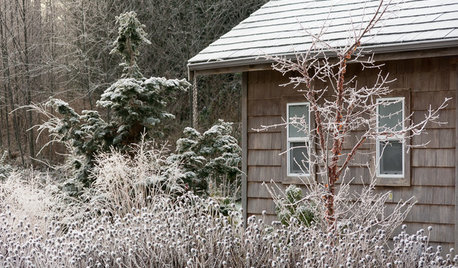
WINTER GARDENINGLook Beyond Plants for a Wonderful Winter Garden
Use sculptures, fences and other structures to draw the eye to a bare-bones landscape
Full Story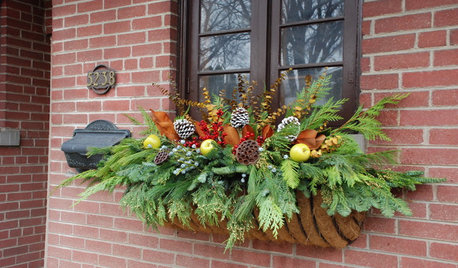
GARDENING GUIDES10 Dazzling Winter Container Designs
Get inspired by these ideas for festive arrangements in outdoor pots and planters
Full Story







akamainegrower
ken_adrian Adrian MI cold Z5
Related Professionals
Middle Island Landscape Architects & Landscape Designers · Goodyear Landscape Contractors · Aberdeen Landscape Contractors · Fort Wayne Landscape Contractors · Reedley Landscape Contractors · Wentzville Landscape Contractors · Denton Siding & Exteriors · Framingham Siding & Exteriors · New Port Richey East Siding & Exteriors · Algonquin Decks, Patios & Outdoor Enclosures · Fredonia Decks, Patios & Outdoor Enclosures · King of Prussia Decks, Patios & Outdoor Enclosures · Miami Decks, Patios & Outdoor Enclosures · Royal Oak Decks, Patios & Outdoor Enclosures · Westford Decks, Patios & Outdoor Enclosuresgardengal48 (PNW Z8/9)
ken_adrian Adrian MI cold Z5
gardengal48 (PNW Z8/9)
brandon7 TN_zone7
edlincoln
calliope
akamainegrower
Dave in NoVA • N. Virginia • zone 7A